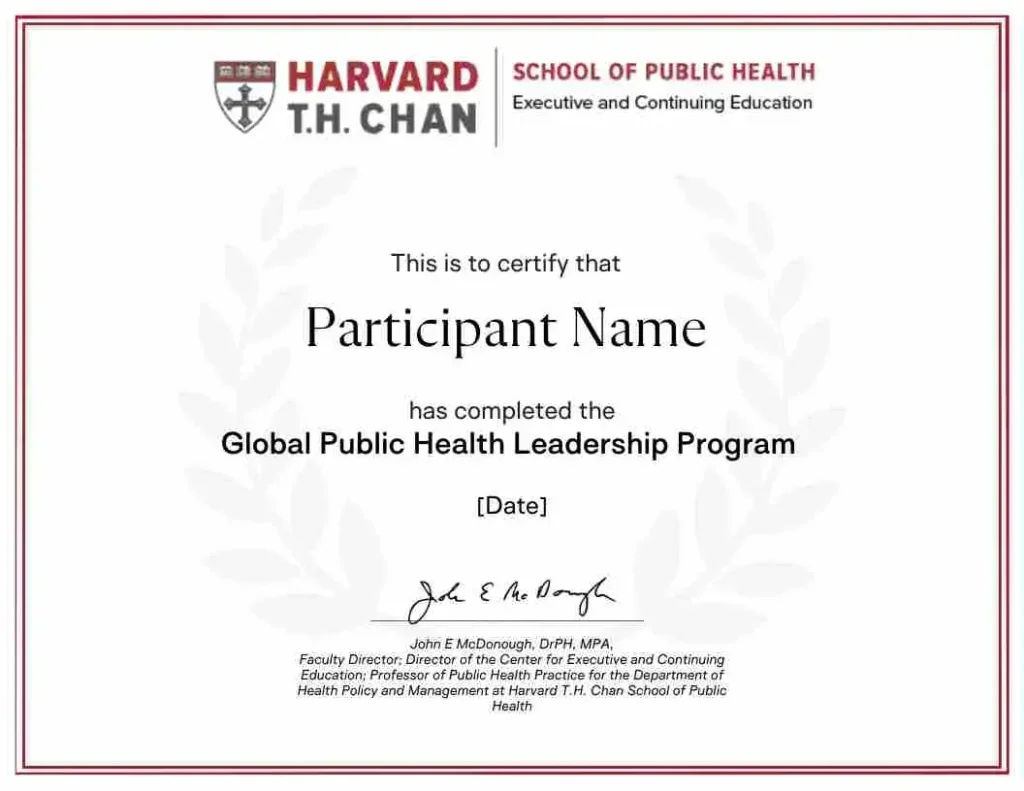Applied Risk Communication for the 21st Century
“Dr. Viswanath has done a masterful job of putting together a top-notch risk communications program that offers practical, solid content that all types of risk communicators can use.”—R. Kelly Schwalbe, Partner, Sage Communications
About the Program
This program will provide state-of-the-science knowledge on designing effective risk communication messages to improve communication, increase trust in your organization, reduce public anxiety about an issue, and help key stakeholders make better decisions.
Program Fees
- Standard Price $2,400.00
Program Overview
When deployed successfully, effective risk communication is an invaluable tool for engendering trust, helping the public make informed decisions and protecting human health. Every day, public health information, and misinformation is generated and shared with the public about diseases, public policies, new products, or corporate behavior. Risk communication skills are needed now more than ever in our highly complex information ecosystem. With the speed that information travels today through traditional media, online outlets, and social media, many communicators are searching for the best ways to share their messaging accurately and timely—for the public’s safety and benefit.
Applied Risk Communication for the 21st Century, the online program from Harvard T.H. Chan School of Public Health Executive and Continuing Education, draws on the latest science of science and risk communication to share frameworks from which to develop communications and messaging to increase trust and reduce public anxiety. You will learn from Harvard faculty and some of the most notable scientists working on risk communication, crisis communication, public health emergencies, decision making, big data, and public health leadership. These authorities will explain how to apply cutting edge ideas in communicating risk in a complex information environment using recent situations involving misinformation efforts targeting vaccinations, climate change, and more to illustrate concepts and explore implications for practice.
Upcoming Program Details
- Understand the impact of risk communications on the public’s risk perceptions, knowledge, attitudes, and behaviors, including compliance
- The best ways to generate and communicate risk information during crisis and non-crisis periods
- Design effective risk communication messages drawing on the science of strategic communication and health communication
- Become familiar with and practice methods for evaluating risk communication efforts
All Times are Eastern Time (ET).
| Tuesday, September 16, 2025 | ||
|---|---|---|
| 8:30–8:45 am | Welcome & Classroom Technology Orientation | |
| 8:45–10:15 am | Risk Communication in the 21st Century | |
| 10:15–10:30 am | Break | |
| 10:30 am–12:00 pm | Risk Communication in the 21st Century: From a Global Perspective | Wednesday, September 17, 2025 |
| 9:00–10:30 am | Communication Technologies and Social Media: Lessons for Risk Communication | |
| 10:30–10:45 am | Break | |
| 10:45 am–12:15 pm | AI and Risk Communication | Thursday, September 18, 2025 |
| 9:00–10:30 am | Emotions and Communication of Risk | |
| 10:30–10:45 am | Break | |
| 10:45 am–12:15 pm | Emotions and Communication of Risk Part II | Friday, September 19, 2025 |
| 9:00–10:30 am | Communication of Risk and News Media | |
| 10:30–10:45 am | Break | |
| 10:45 am–12:15 pm | Conflict and Controversy in Science: Implications for Risk Communication |
This agenda is subject to change.
Current faculty, subject to change
Jennifer S. Lerner
Thorton F. Bradshaw Professor of Public Policy & Decision Science
Harvard Kennedy School
Professor
Harvard University
Ivan Oransky
Distinguished Journalist in Residence
Arthur Carter Journalism Institute
New York University
Kasisomayajula Viswanath
Lee Kum Kee Professor of Health Communication
Department of Social and Behavioral Sciences
Harvard T.H. Chan School of Public Health
Chair
Steering Committee, Health Communication Concentration
Director
Enhancing Communications for Health Outcomes Laboratory
Faculty Director
Health Communication Core
Dana-Farber Cancer Institute
Professionals responsible for communicating about risk from private industry, the non-profit sector, and from governments around the world will benefit from attending. Participants with the following job functions are encouraged to attend:
- Communications, public relations, and public affairs
- Emergency preparedness and management
- Government relations and regulatory affairs
- Health policy and research
- Occupational and environmental health
- Public health, health promotion, and health education
- Risk analysis and management
Credits & Logistics
Harvard T.H. Chan School of Public Health will grant 1.2 Continuing Education Units (CEUs) for this program, equivalent to 12 contact hours of education. Participants can apply these contact hours toward other professional education accrediting organizations.
The American Academy of Health Physics will grant 12 Continuing Education Credits for completion of this course.
All credits subject to final agenda.
All participants will receive a Certificate of Participation upon completion of the program.
